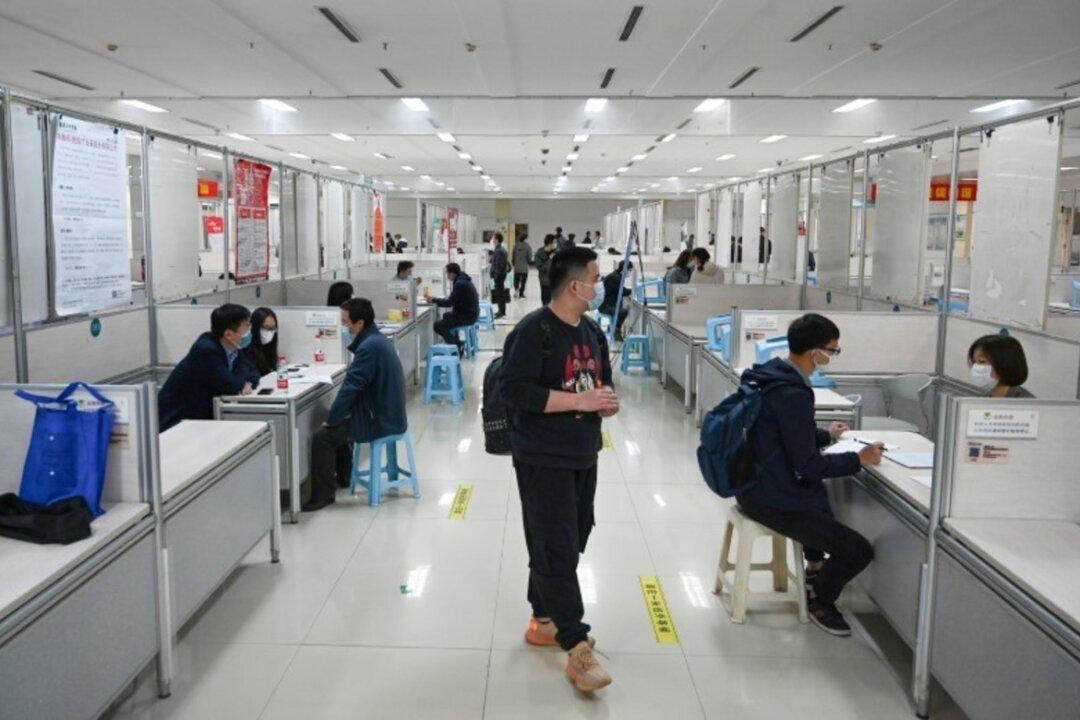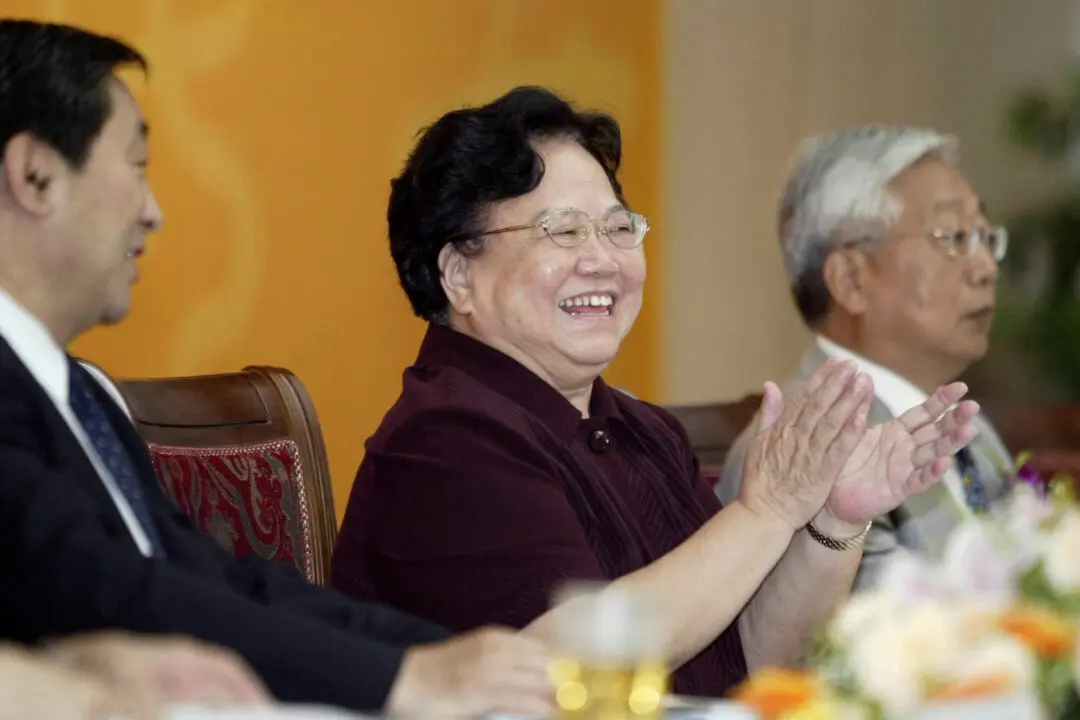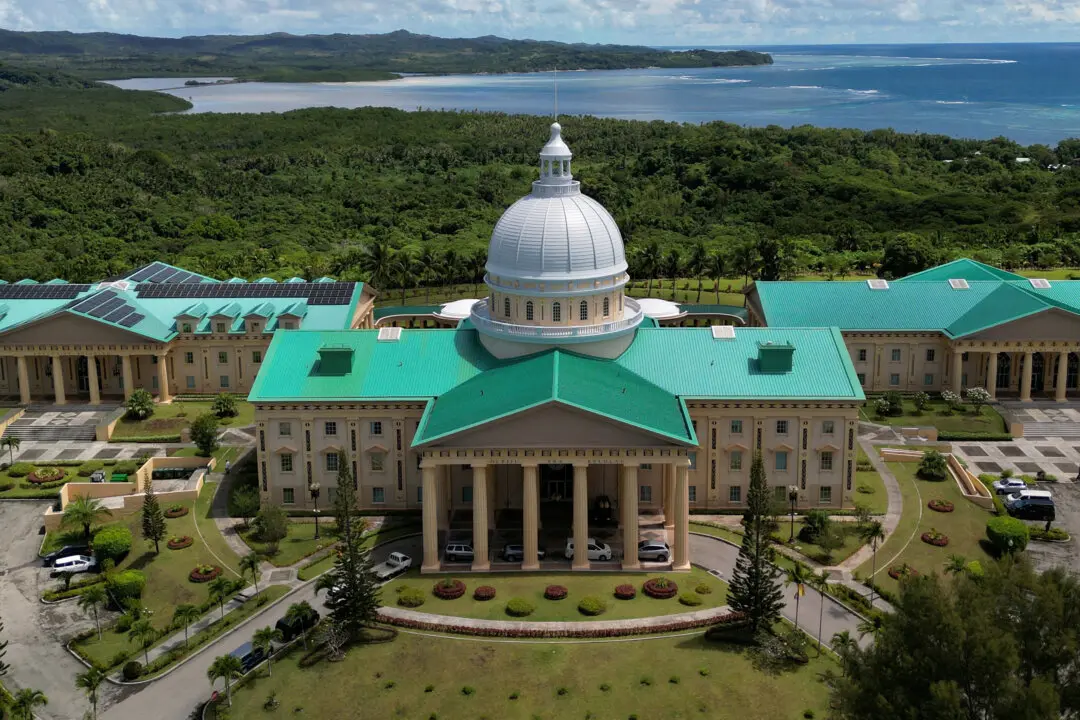BEIJING—China’s services sector returned to growth last month for the first time since January as the economy recovers from strict CCP (Chinese Communist Party) virus-induced containment measures, although employment and overseas demand remained weak, a private survey showed.
The Caixin/Markit services Purchasing Managers’ Index (PMI) rose to 55.0 in May from 44.4 in April, hitting the highest level since late 2010. The 50-mark separates growth from contraction on a monthly basis.





